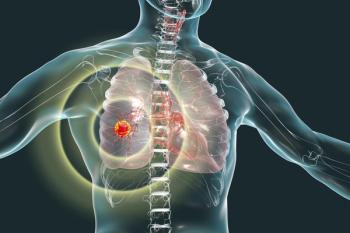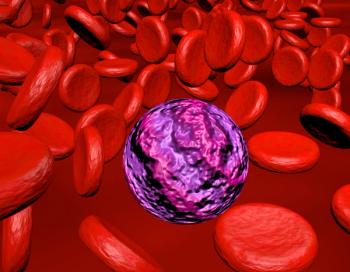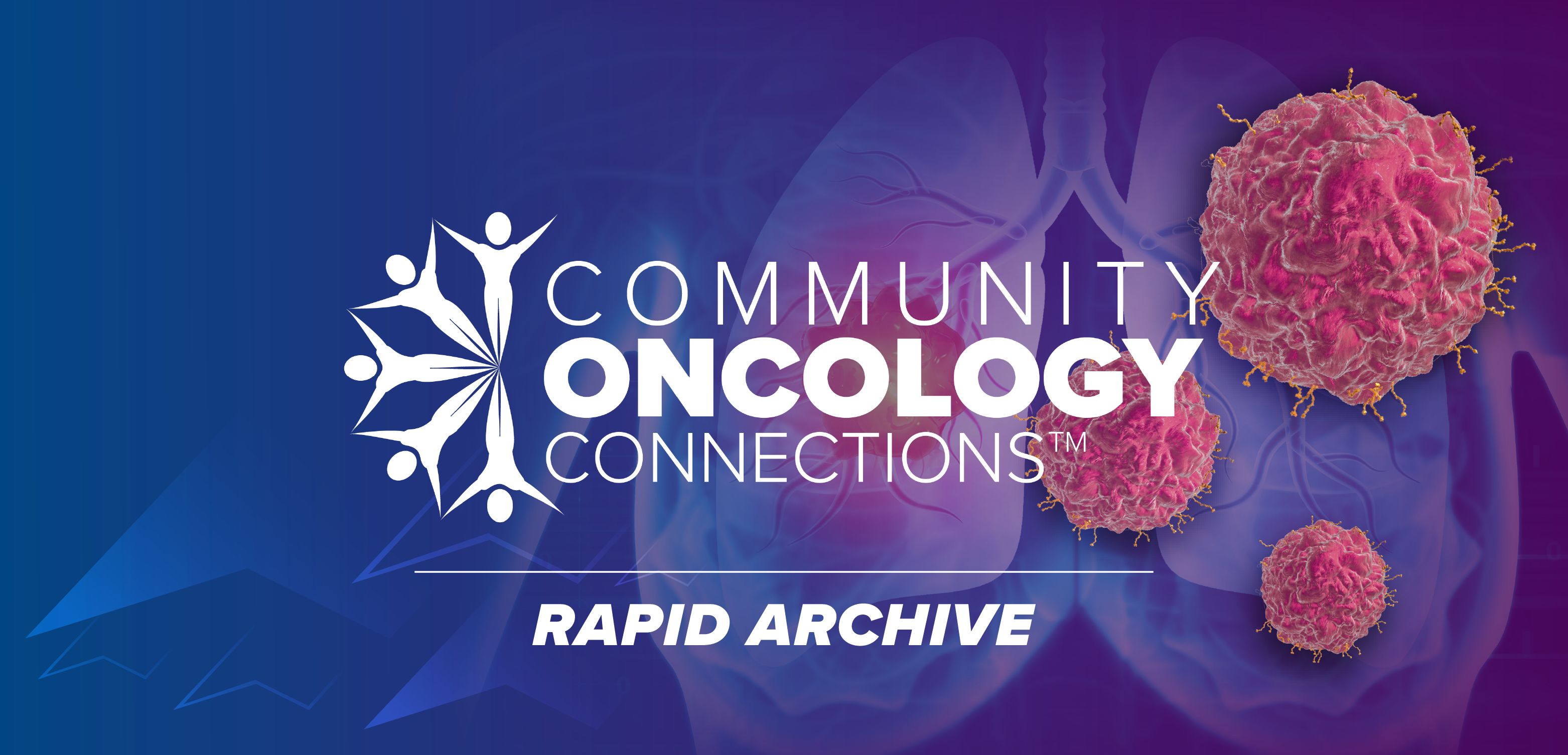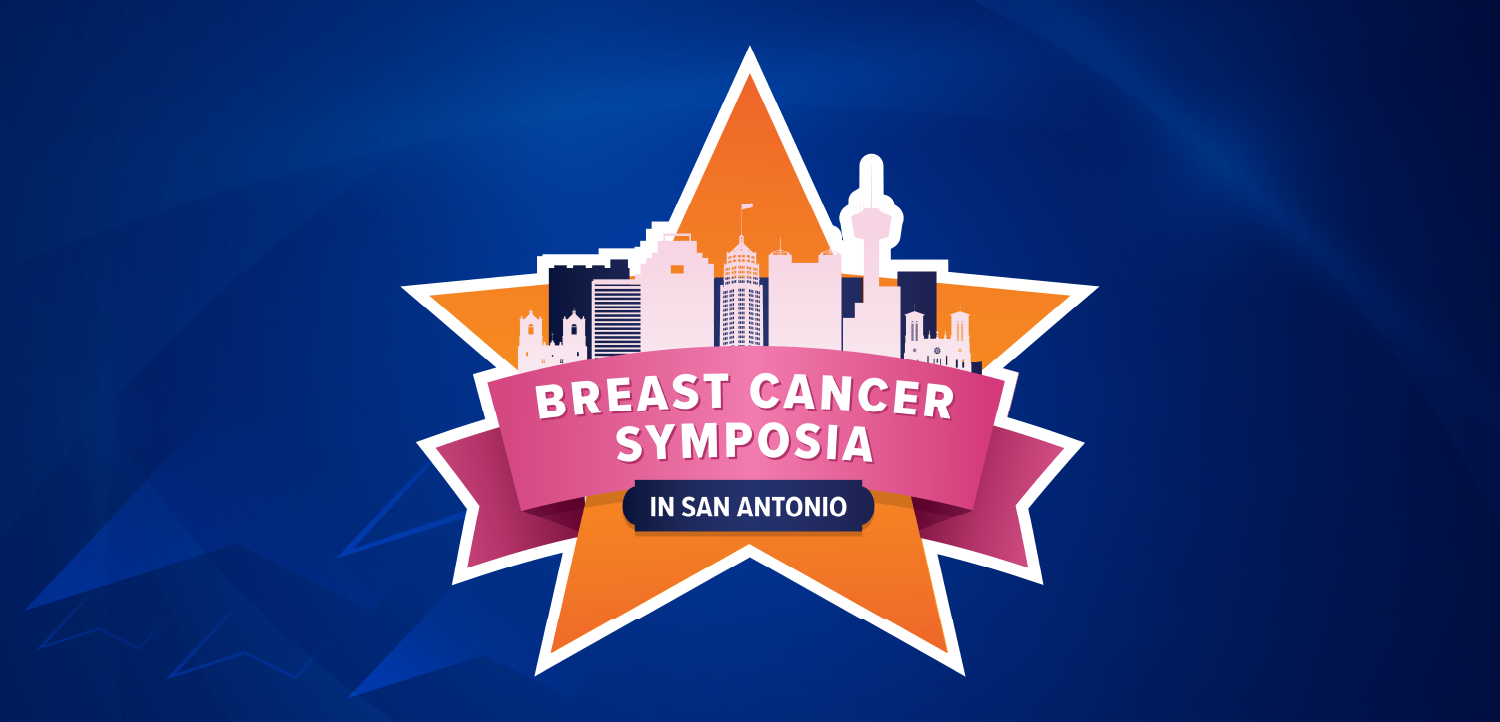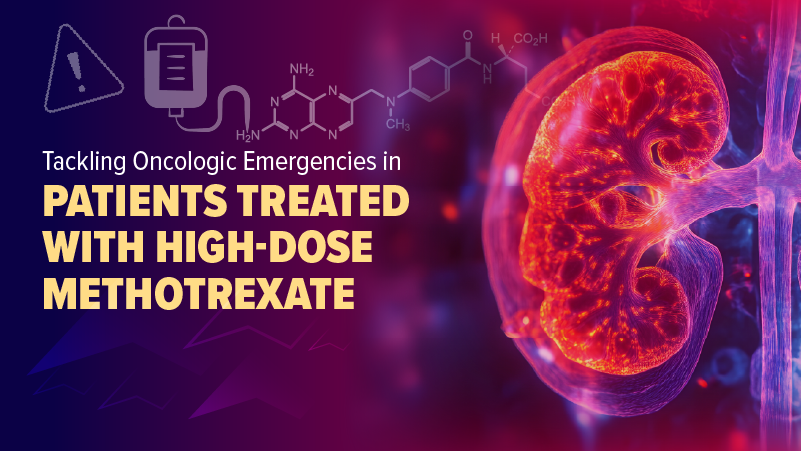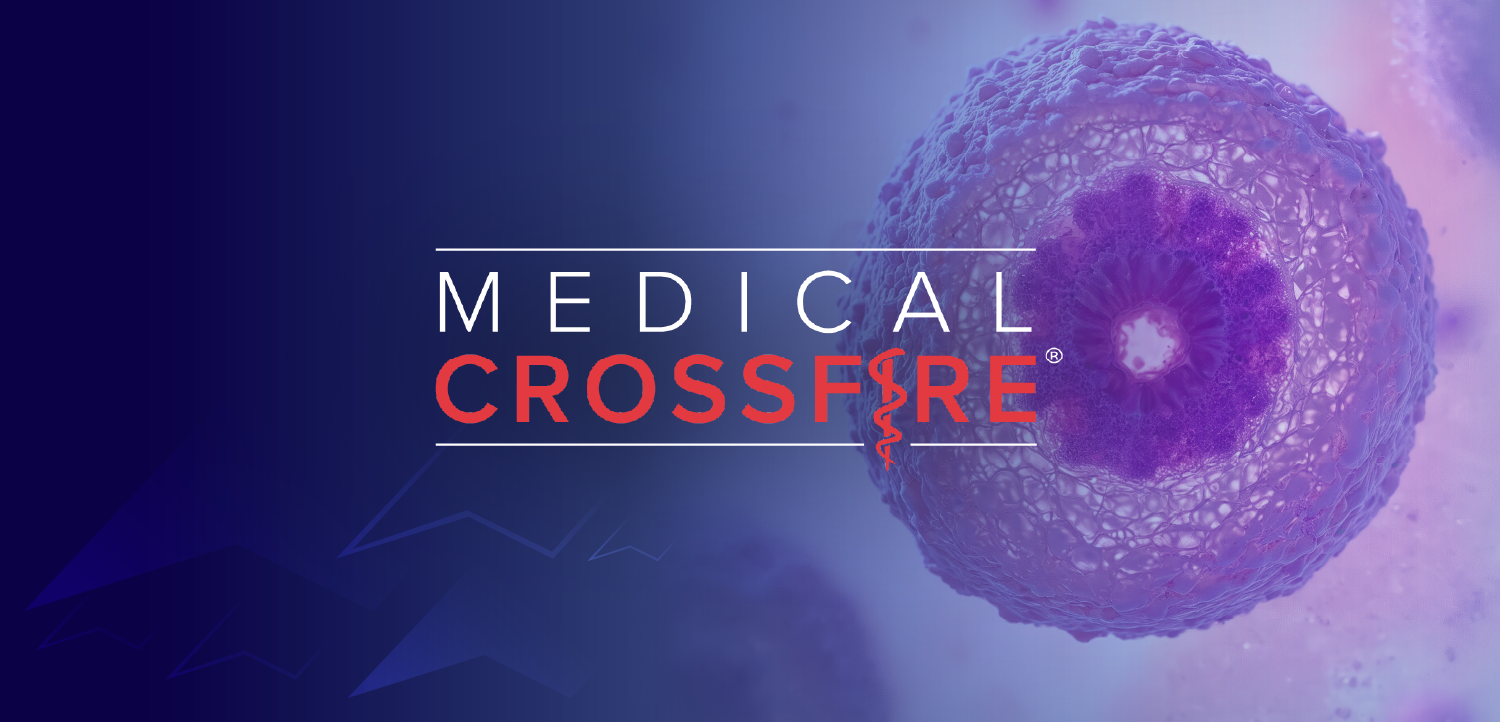
Oncology NEWS International
- Oncology NEWS International Vol 9 No 3
- Volume 9
- Issue 3
Guidelines for HIV Treatment Are Updated
Newly updated guidelines for treating HIV-infected adults and adolescents are now available and include recommendations for the use of recently developed tests that help determine whether the virus carried by a patient has become
BETHESDA, MdNewly updated guidelines for treating HIV-infected adults and adolescents are now available and include recommendations for the use of recently developed tests that help determine whether the virus carried by a patient has become resistant to one or more antiretroviral drugs.
The revised Guidelines for the Use of Antiretroviral Agents in HIV-Infected Adults and Adolescents also contains a new section on the goals of HIV therapy, and the version available on the Internet includes a hypertext link to detailed information about using antiretrovirals in treating pregnant women.
The guidelines, a joint effort by the Department of Health and Human Services and the Henry J. Kaiser Family Foundation, were originally published in 1998.
The number of treatment options for HIV-infected individuals has increased dramatically, making decisions regarding therapy more and more complex, Anthony S. Fauci, MD, director of the National Institute of Allergy and Infectious Diseases, said in a press release. The new guidelines, based on the latest available research findings, provide recommendations on how to optimally use the many antiretroviral medications and sophisticated laboratory tests now available to people living with HIV.
In the therapy goals section, the revised guidelines acknowledge that it is probably impossible to eradicate an HIV infection with currently available treatments. Instead, it emphasizes other primary goals for retroviral therapy. These include the restoration and/or preservation of the patients immunologic function; an improvement in the individuals quality of life; and the reduction of HIV-related illness and death. To achieve these goals, the guidelines suggest maximizing patient adherence to a regimen; selecting user-friendly regimens whenever possible; prescribing drugs in a rational sequence in order to preserve future treatment options; and using drug resistance assays when treatment fails.
These tests can help to explain the reasons for treatment failure and guide the rational selection of a new drug regimen, said John G. Bartlett, MD, of Johns Hopkins University, co-chairman of the guideline-revisions panel.
The revised guidelines are available on the Internet at
Articles in this issue
almost 26 years ago
IL-13 Used to Deliver Bacterial Toxin to Brain Tumors in Micealmost 26 years ago
Rituximab/CHOP Combo Effective in Low-Grade NHLalmost 26 years ago
3D CT-Guided Seminal Vesicle Biopsy for Stagingalmost 26 years ago
Elderly Patients Tolerate Breast Cancer Therapyalmost 26 years ago
Coaxial Breast Biopsy Device Provides Diagnostic Specimensalmost 26 years ago
3D Digital Camera Accurately Calculates Breast Shape, Volumealmost 26 years ago
Thermoacoustic CT Under Development for Breast Imagingalmost 26 years ago
Early Local Recurrence After Lumpectomy Predicts Metastasisalmost 26 years ago
Panel Recommends Listing 9 Substances in Carcinogen ReportNewsletter
Stay up to date on recent advances in the multidisciplinary approach to cancer.


